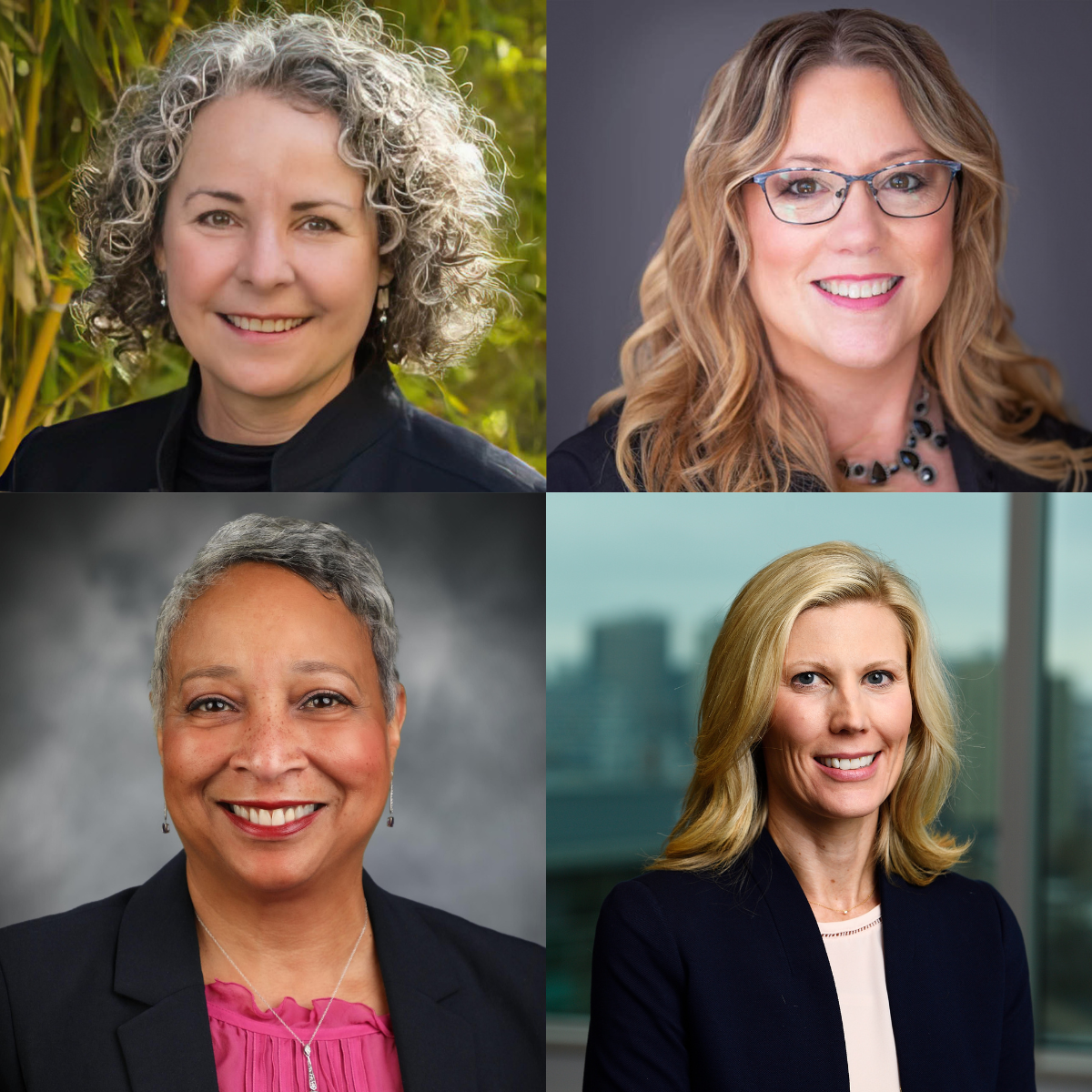
Earlier this month, we announced a new initiative: Disability Inclusion in Nursing: A Grants Program to Advance Innovation and Systems Approaches for Nursing Education and Practice. Our Advisory Committee, composed of leaders in nursing education, shared their thoughts on the potential impact of this grant in a Macy Notes piece that we featured shortly after the RFA announcement. Here, we have the opportunity to learn a bit more about the four members of the committee—how their respective lived experiences shape their perspective on nursing education, their hopes for disability inclusion in nursing, and the wisdom they have gained over the course of their careers.
Dr. Swenor, you were instrumental in leading the NIH to designate people with disabilities as a health disparity population. What important changes in nursing education do you foresee as a result of this change?
Bonnielin K. Swenor, PhD, MPH: I am delighted by the ways the NIH designation of people with disabilities as a health disparity population will help dismantle the barriers disabled people face and created opportunities for research, academic, and health care environments to better include people with disabilities. I am hopeful that this designation will drive nursing programs to also embrace their critical role in addressing ableism.
Ms. Jackson, as the director of an undergraduate nursing program, how would you characterize the experiences of applicants and students with disabilities and how have they changed (or not changed) over your time in this role?
Brandy Jackson, MSN, MBA, RN: I would characterize the experience of applicants and students with disabilities as demanding. However, it’s important to note that this experience has evolved significantly over time, becoming considerably more positive than in previous years. Our disability resources professionals, faculty, students, and leadership collaborate closely to develop tailored plans for students with disabilities. This collective effort, in my experience, has fundamentally changed the experience.
Dr. Carter, as a retired US Navy commander as well as a nurse and nursing school professor and associate dean, how can formal, hierarchical systems with long-standing, deeply embedded cultures, traditions, and norms, such as the military and health professions schools, be made more equitable for those who are marginalized in those institutions, including nursing students with disabilities? How can the American Association of Colleges of Nursing (AACN) help to foster such change?
Brigit M. Carter, PhD, RN, FAAN: Currently there are multiple barriers to inclusivity due to the attempts to dismantle many of the diversity, equity, inclusion, belonging, and accessibility efforts within higher education. However, the success of students, including those with disabilities, requires intentional actions that are supported by funding to address ableist policies, regulations, and practices and to move initiatives forward that will improve access to nursing education and employment in the nursing workforce for people with disabilities. AACN will continue to lead in this area by addressing the needs of our students, including stigmas associated with physical and mental health, through the advancement of competency-based education, by providing evidence-based strategies through training and online resources, and through continued advocacy. We are committed to advocating for inclusion and nurturing a system of equity so we might ensure that our students and nurses experience the support they need to be successful within the nursing profession.
Dr. Clark, what educational opportunities do you see as transformative for students with and without disabilities as we seek a more disability-competent nursing workforce?
Lauren Clark, PhD, RN, FAAN: A merger of best practices from disability studies and nursing is long overdue. Structural ableism amplifies and co-occurs with racism and sexism and diminishes our capacity as a nursing profession to provide competent and compassionate care. Researchers tell us that 32% of health care professionals hold explicit preferences for non-disabled people, and 84% hold implicit preferences for non-disabled people. To begin to remediate our personal biases that walk with us into the professional sphere, we need to resist the biomedical model of disability. That’s hard to do in nursing. The first step is recognizing that we may cast disability as a defect to be fixed, a pity, a shame, or a sorrow. Instead, nursing education can help us incorporate other ways of understanding disability as part of all human experience and a locus of “radical love,” as Leah Lakshmi Piepzna-Samarasinha suggests. Nurses can lift up the work of disabled and sick people. We can be collaborators in building community with them so that the care work we do as nurses celebrates and complements the care work of the disabled community.